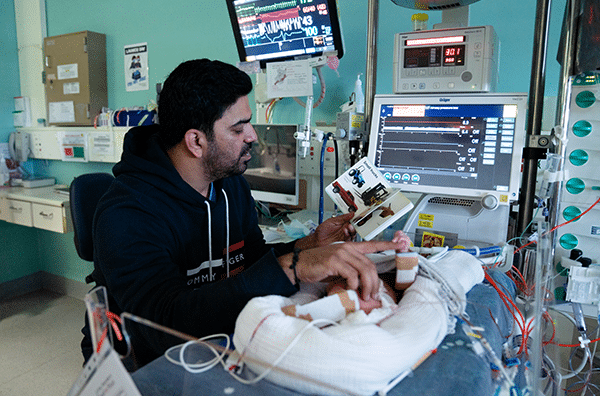
Published in the globally revered Lancet journal eBioMedicine, the study has shown that despite the often complicated deliveries and small size of extremely preterm babies, it is feasible to collect cord blood from the placenta. Cord blood should now be investigated as a treatment for preterm brain injury and this study showed that cord blood was a safe treatment option when given in the first weeks of life.
Being born too soon, or preterm, is a leading cause of cerebral palsy. Being born extremely preterm (less than 28 weeks’ gestation) further increases the risk of complications, and new therapies are required for these babies. This study marks an important milestone in the journey toward better treatments.
Professor Iona Novak said, “This research is a crucial step toward ensuring every baby, no matter how early they arrive, has the best chance for a healthy start in life. Cerebral Palsy Alliance is proud to support and advocate for these cutting-edge advancements that bring hope to families around the world.”
What is cord blood treatment and why is collection challenging for these babies?
Cord blood is collected from the placenta after the baby is born. Using the cells from a patient’s own umbilical cord blood may be a treatment option to support brain development in the first few weeks of life. Lab studies have shown that early cord blood treatment protects important cell types of the preterm brain and may prevent further brain injury.
However, cord blood is often difficult to collect when babies are born preterm as they are so small and often delivered quickly or unexpectantly. Research helps to establish if collection is feasible in these extremely preterm babies and if it can be used as a treatment to support development.
What did this study find?
This study showed that, in a sample of 23 extremely preterm babies, cord blood treatment could be collected at birth in sufficient volumes, and that these cells could then be safely administered via a drip in the second week of life. Future research will now investigate whether this treatment can prevent the progression of brain injury and improve long-term outcomes for these babies.

